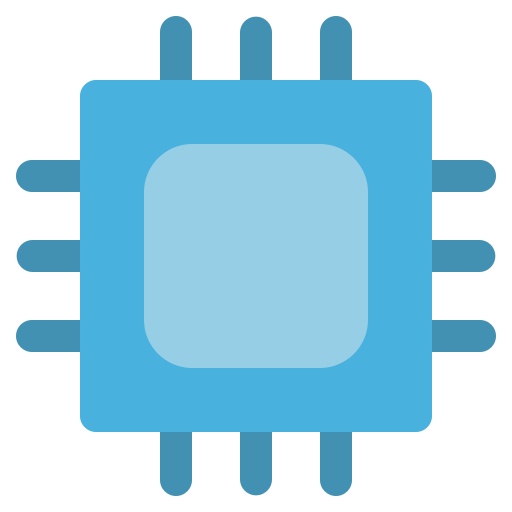- cross-posted to:
- tech
- [email protected]
- cross-posted to:
- tech
- [email protected]
Can it topple x86 and Arm, or is the gap too wide to close?
Google’s temporary retreat on RISC-V is a good example of the kind of basic stumbling block that a new architecture faces on the road towards mainstream - the lack of a mature and unified ecosystem.
I think RISC-V is positioned well to be the preferred architecture for an open ecosystem. But that’s not necessarily going to help it compete. If RISC-V is ever able to compete with Arm it will be because some company developed a chip based on a proprietary implementation of RISC-V, that is able to outperform Arm based offerings in some key way. Proprietary is just more profitable than open, so that’s where the money is going to go, and you need money to compete.
That being said, I’m glad an open standard ISA like RISC-V exists.
Why you asking me?
I learned that if the headline is a question the answer is always no.
Actually it wouldn’t matter whether people used x86 or armv7 if people stopped distributing target-compiled binaries and supported distributing webassembly modules instead. this would also solve different issues, like code transparency (webassembly can be “un-compiled” to a certain extent), portability, and interlinking.
Let me explain the last point (interlinking):
if you have a good library written in languageX and you want to use it in programming languageY, that’s a problem. (for example java library in python). such a thing is often not possible. WebAssembly, however, makes this possible. You can write a library in one language, compile it to webassembly, and then use it in another language. i think that’s a good thing and reduced software redundancy (no need to re-write the same library code for every language.)




